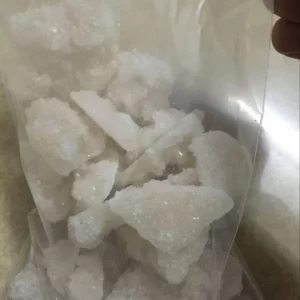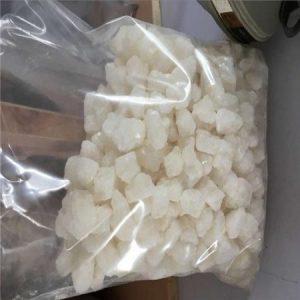Buy 3 4-DMMC
$180.00 – $860.00
Product Name:3,4 -DMMC
IUPAC Name:(±)-1-(3,4-dimethylphenyl)-2-(methylamino)propan-1-one
Other Names:3,4-Dimethylmethcathinone
Cas Number:1082110-00-6
Molecular Formula:C12H17NO
Molar Mass:191.269 g/mol
Effect:stimulant, psychedelic
Purity of the substance:99.9%
Physical properties:Crystals, Powder
3 4-DMMC / Buy 3 4-DMMC
3 4-DMMC / Buy 3 4-DMMC .3,4-Dimethylmethcathinone (3,4-DMMC) is a stimulant drug first reported in 2010 as a designer drug analogue of mephedrone, apparently produced in response to the banning of mephedrone, following its widespread abuse in many countries in Europe and around the world. 3,4-DMMC has been seized as a designer drug in Australia. In vitro, 3,4-DMMC was shown to be a monoamine transporter substrate that potently inhibits norepinephrine and serotonin reuptake, and to a lesser extent dopamine reuptake.
Abstract 3 4-DMMC / Buy 3 4-DMMC
3 4-DMMC / Buy 3 4-DMMC (3,4-DMMC) is a synthetic cathinone that was detected via the EU Early Warning System in 2010, and sold under the alias “Ocean” and “M2”. Its recreational use and trade in retail outlets have been prohibited in several countries, but this drug remains readily available for purchase through the internet. Along with the increasing number of anecdotal reports on its abuse published in drug forums and blogs, the number of poisonings described in scientific literature sharply increased, including one fatality, thus evidencing the health threats associated with 3,4-DMMC. The present work reviews the available data on 3 4-DMMC / Buy 3 4-DMMC pharmacodynamics, pharmacokinetics, and clinical effects. Euphoria, empathy, and insomnia accompanied by severe headache, hypertension, tachycardia, dehydration, seizures, and psychomotor agitation were among the most frequent effects noted for 3,4-DMMC. Nasal intake is associated to severely burned nostrils, nose bleeding and intense rhinorrhoea, throat corrosion and tear over-secretion. 3 4-DMMC / Buy 3 4-DMMC is a potent releaser of dopamine and noradrenaline, and preferentially inhibits noradrenaline and serotonin uptake transporters, leading to sympathomimetic stimulation. The drug has also high affinity to adrenergic and 5-HT2A/2C receptors. N-Demethylation, ß-ketoreduction, hydroxylation, and oxidation are the major reactions involved in the production of 3 4-DMMC / Buy 3 4-DMMC metabolites, with higher relevance for toxicological analysis in urine, along with the parent compound. In what concerns the toxic effects at target organs, the underlying mechanisms and the relevance of metabolism for these effects, there is an immense scope to be explored. Information on this matter will certainly help finding possible therapeutic solutions for the drug intoxications.
| Quantity | 100g, 1kg, 500g, 50g |
|---|
Be the first to review “Buy 3 4-DMMC” Cancel reply
Related products
RESEARCH CHEMICALS
RESEARCH CHEMICALS
RESEARCH CHEMICALS
RESEARCH CHEMICALS
RESEARCH CHEMICALS
RESEARCH CHEMICALS
RESEARCH CHEMICALS
RESEARCH CHEMICALS















Reviews
There are no reviews yet.